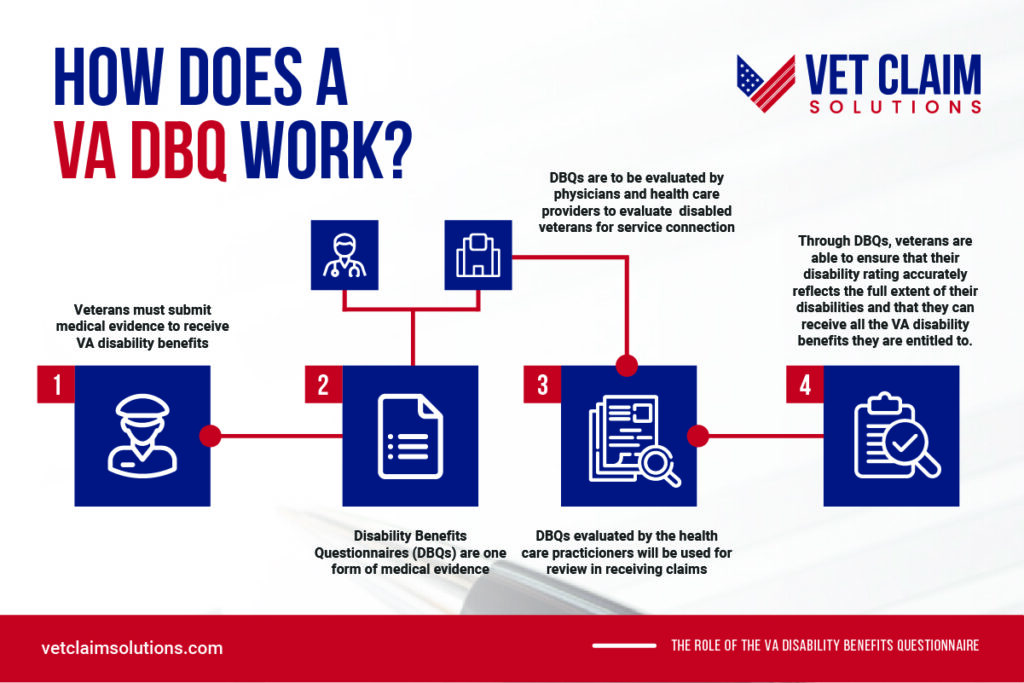When it comes to tackling the complexities of autoimmune disorders like lupus, especially within the context of securing Veterans Affairs (VA) benefits, there’s a lot that needs unpacking. If you’re a veteran dealing with this challenging condition or know someone who is, understanding your options can feel overwhelming. But here’s some good news – navigating through the maze of information just got easier. From discerning symptoms to breaking down VA disability claims for lupus, we’ve got your six.
Understanding Lupus and VA Disability Benefits
What is Lupus?

Lupus is a chronic autoimmune disease that can damage any part of the body, including skin, joints, and organs. In lupus, the immune system attacks healthy tissues, leading to inflammation, swelling, pain, and damage.
Lupus is often difficult to diagnose because its signs and symptoms mimic those of other diseases. It’s a sneaky autoimmune disorder that can leave you feeling frustrated and searching for answers.
But here’s the good news: if you have lupus and your condition is connected to your military service, you may be eligible for VA disability benefits. Getting service connection and a fair disability rating can make a world of difference.
Symptoms of Lupus
Lupus symptoms can range from mild to severe and may come and go over time. Common symptoms include:

fatigue

joint pain & swelling

skin rashes

fever

hair loss

light sensitivity

chest pain

dry eyes

headaches
Sound familiar? If you’re a veteran dealing with these symptoms, don’t brush them off. They could be signs of lupus, and that means you might qualify for disability benefits from the VA.
Types of Lupus
There are several types of lupus:
- Systemic lupus erythematosus (SLE) – the most common form, can affect many parts of the body
- Cutaneous lupus – limited to the skin
- Drug-induced lupus – caused by certain medications
- Neonatal lupus – a rare condition affecting infants of women with lupus
No matter what type of lupus you have, if it’s connected to your military service, you deserve disability compensation. Don’t let lupus hold you back from getting the benefits you’ve earned.
Service Connection for Lupus

Direct Service Connection
To establish direct service connection for lupus, a veteran must show:
- A current diagnosis of lupus
- An in-service event, injury, or illness
- A medical link between the current lupus and the in-service event, injury, or illness
Proving a connection between your lupus and your military service can be tricky, but it’s not impossible. The key is having the right evidence and support for your claim.
Secondary Service Connection
Lupus may be service-connected on a secondary basis if it’s proximately due to or aggravated by an already service-connected disability. For example, if a veteran is service-connected for PTSD and later develops lupus that is caused or worsened by the PTSD, the lupus could potentially be service-connected on a secondary basis.

Presumptive Service Connection
Lupus is not currently on the VA’s list of presumptive conditions for any group of veterans. However, research suggests that environmental exposures during military service, such as Agent Orange, may increase the risk of developing lupus.

If a presumptive link is established in the future, it could make it easier for some veterans to obtain service connection. But for now, you’ll need to build a strong case with medical evidence and expert opinions to secure a VA disability rating for lupus.
VA Disability Ratings for Lupus
Rating Criteria for Lupus
Lupus is rated under 38 CFR § 4.88b, diagnostic code 6350. Disability ratings range from 10% to 100% based on the frequency of exacerbations and the extent of impairment to health:

Exacerbations once or twice a year or symptomatic during the past 2 years

Exacerbations lasting a week or more, 2 or 3 times per year

Acute, with frequent exacerbations, producing severe impairment of health
To get the VA benefits you deserve, you’ll need to provide evidence of the severity and frequency of your lupus symptoms. This is where a VA disability claim comes in.
Make sure you have a current diagnosis and medical records that show how lupus impacts your daily life. The more evidence you have, the better your chances of getting a higher rating and increased rating over time if your condition worsens.
Common Secondary Conditions
Lupus can cause a wide range of secondary conditions that may warrant additional disability ratings, such as:
- Musculoskeletal problems (arthritis, myositis, etc.)
- Skin conditions
- Cardiovascular problems
- Pulmonary issues
- Kidney disease
- Neuropsychiatric disorders
- Hematologic abnormalities
If you have any of these conditions in addition to lupus, make sure to include them in your veteran disability claim. The more complete the picture of your health, the better your chances of getting the rating you deserve.
Compensation and Pension Exams for Lupus
What to Expect During the Exam
At a C&P exam for lupus, the examiner will review your medical history, ask about your symptoms and treatment, and perform a physical examination. They may order lab tests or imaging if needed.
The examiner will complete a Disability Benefits Questionnaire (DBQ) to describe the diagnosis, symptoms, and functional impact to help VA raters assign an appropriate disability rating. Your medical evidence is crucial to supporting your veteran’s claim, so be as thorough and honest as possible.

Providing Supporting Evidence
Veterans should bring copies of all relevant medical records to the C&P exam, including:
- Lab results
- Imaging studies
- Treatment notes showing frequency of exacerbations
- Statements from treating providers describing functional limitations
Lay statements from the veteran and family members can also help illustrate the impact of lupus symptoms on daily living. The more evidence you provide of frequent exacerbations and severe impairment, the stronger your claim will be.
Conclusion
After journeying through the intricacies of autoimmune disorders and demystifying VA benefits for those battling lupus, one thing stands crystal clear – knowledge is power. Armed with insight into how systemic lupus erythematosus impacts lives and grasping the nuances behind securing deserved compensation marks only the beginning. The road might seem long but remember; every step taken is a stride towards not just managing an ailment but thriving despite it.
So whether you’re directly in these shoes or walking alongside someone who is, learning about“Autoimmune Disorders and VA Benefits Lupus”, has equipped us all better for tomorrow’s challenges.


